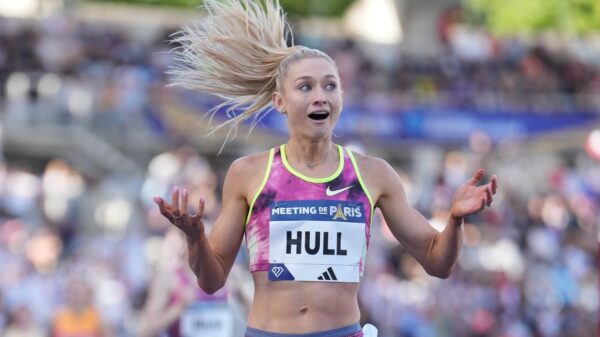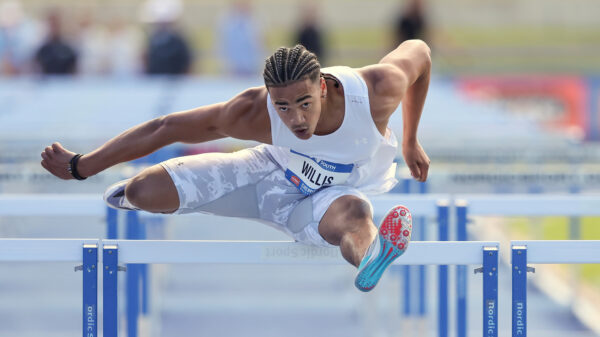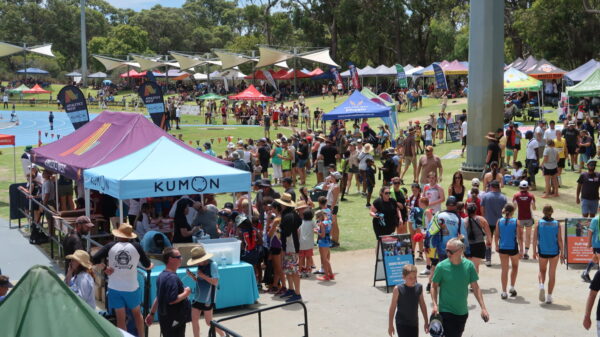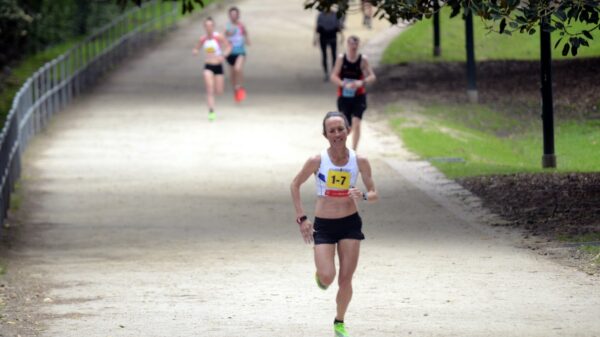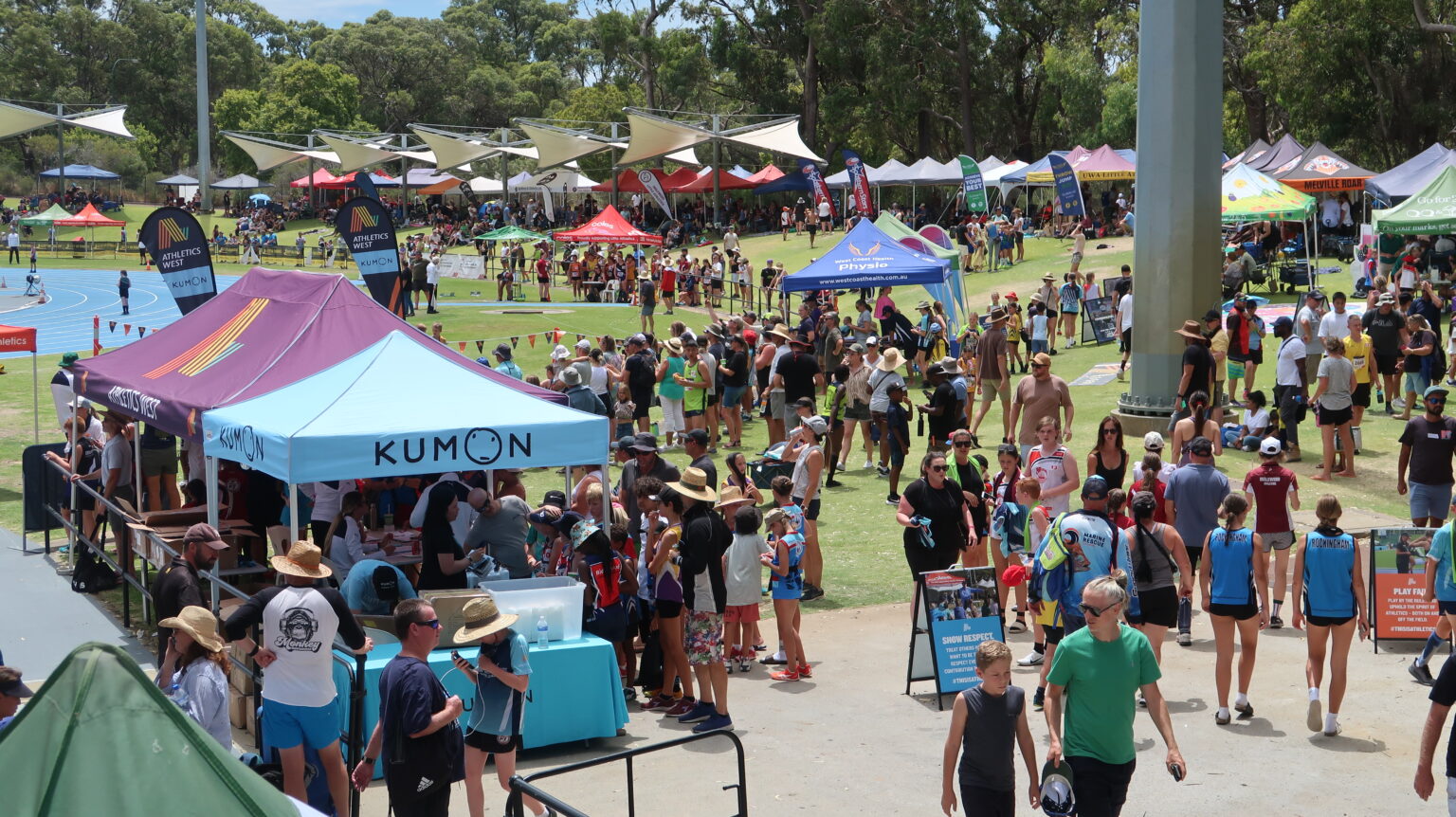Australia’s most progressive state athletics association plans to sever ties with the Little Athletics national body citing inefficiency, cost and a dispute over trademarks. In response Little Athletics Australia has launched a direct mail and social media campaign advocating a ‘No’ vote.
The public announcement by Athletics West in May of its lack of confidence in the purpose of one of its national bodies disrupts an already fragmented Australian athletics landscape and lays the foundations for transformational change within the governance of the sport nationally.
Battle lines have been drawn: a state Little Athletics association and its national body, Little Athletics Australia, are at war. The event of a state association ‘breaking away’ and maintaining use of some Little Athletics intellectual property is an existential threat to the national body, as it is currently constituted and operating. The alternative, of a ‘break away’ with the loss of the use of Little Athletics’s name nationwide, is arguably just as damaging.
The Background
In 2020 Western Australia became the first state to merge its Little Athletics and ‘senior’ athletics bodies. The ACT followed suit last year, with NSW announcing in March plans for a single affiliation, membership and competition offering for the sport next season, while maintaining two separate organisations.
If Athletics West ultimately choses not to affiliate with Little Athletics Australia, which requires a change to the state body’s Constitution, it will become the second state to leave the umbrella body for Little Athletics in recent years, following Athletics Northern Territory’s departure in 2021. At the time Athletics Northern Territory wrote in their Annual Report: “following several years receiving very little benefit from LAA for our association and athletes, your Board made the decision to no longer affiliate with LAA.”
These developments in the governance of athletics follow unrest since the failure of the 2021 national merger between Little Athletics Australia and Athletics Australia. Both national bodies had employed a joint CEO and developed a business case endorsed by their Boards, advocating to their state associations to vote to create a single national body; Athletics Australia’s state associations provided the required approval, while Little Athletics Australia’s state associations did not.
Support for a single national athletics organisation – 2021
| National Board | State Bodies | |
| Athletics Australia | ✅ | ✅ |
| Little Athletics Australia | ✅ | ❌ |
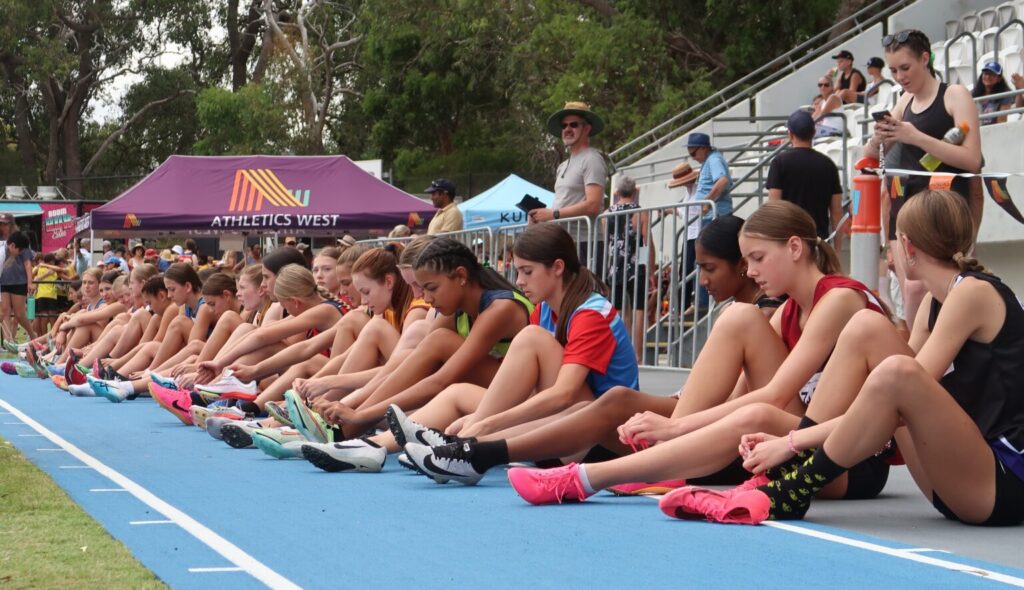
Since then, under new leadership, Little Athletics Australia has strategically shifted away from a unified future for the sport to instead pursue an enhanced position for its national body. This includes:
- Aspiration of recognition as a National Sporting Organisation from the Australian Sports Commission (LAA are ineligible for this recognition under current guidelines);
- Pursuing membership of the obscure former socialist workers sporting organisation International Workers and Amateurs in Sport Confederation (who don’t provide junior competition); and
- Expansion of the Australian Little Athletics Championships (against the principles of the One Athletics business case they supported, of ‘an aligned pathway across competitions at a national level for predominately U13-U18 athletes that provides clarity uniformity and a level playing field for all.’ 51% of athletes in the Little Athletics national event had participated a fortnight earlier in the Australian Championship conducted by Athletics Australia).
The dispute
Athletics West claim that by leaving LAA that they will save $75,000 annually as well as having increased opportunities for sponsorship, with no effect on local grassroots competition delivery by Centres. In addition, the complexity and frustration of working with two governing bodies, will be eliminated.
Athletics West has prepared a six-page business case which is available on its website, as well as engaging deeply with Centres via a series of meetings.
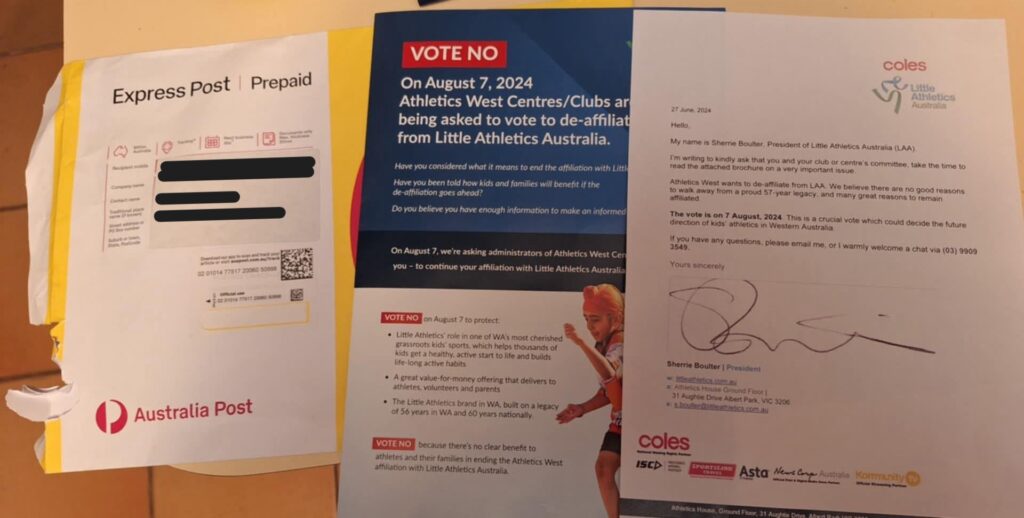
Six weeks out from the 7 August vote Little Athletics Australia has written to Athletics West centres urging them to vote ‘No’ to the proposed disaffiliation of their state body, with an appeal to heart-strings based on history and custodianship.
LAA have also launched a corresponding ‘No’ social media campaign, which has drawn support from individuals who opposed Athletics West’s original state merger, but criticism from centres supportive of the disaffiliation from LAA. The latter have cited inaccuracies in some of LAA’s correspondence as well as being critical of its execution (right down to detail such as how the President’s signature has been copied-and-pasted into the document).
Little Athletics Australia’s website includes a FAQ section containing 21 questions which provides detail addressing some of the matters included in Athletics West’s business case. LAA claims Athletics West receives $147,000 of value annually from it through affiliation:
• $25K from national sponsorships
• $60K in banana donations (88,000 bananas)
• $17K toward funding of State Development Officer
• $5K funding available for Schools Programs
• $8K bib sponsorship
• An average of $17k grants for equipment each year
• $17K of flight costs for WA Athletes to attend National Camp
How do the sums stack up?
There’s agreement between Athletics West and LAA on the money that flows up to LAA: around $75,000.
There’s clearly a difference in the perception of the value received by Athletics West. LAA claim $147K. In direct cash, it looks like $50K.
Here’s the way we look at it:
Direct cash: $50K from LAA to Athletics West (national sponsorships, development office funding, bib sponsorship). Athletics West would need to enter new sponsorship agreements to fill this gap. This could be via a separate agreement with LAA’s current sponsor, Coles, which is estimated to be worth $750K nationally.
Potential cash: $5K available for School Programs. This isn’t for the Australian Sports Commission/Athletics Australia supported Sporting Schools Program, and would therefore be unlikely to be used in WA (hence the claim ‘potential’)
In-kind: $17K flights (Little Athletics National Camp). WA athletes will no longer be able to attend which is implicitly accepted in Athletics West’s Business Case
In-kind: $17K in marquees and $60K in bananas (via Coles).
There’s also unquantified inefficiencies that Athletics West cites in their business case, due to the duplication that exists for them in having two national bodies. There’s similarly no attempt from LAA at quantifying the non-financial value affiliation brings in the support they provide as a national body. There’s a time, and money, cost to each organisation.
At the end of the day, whether there’s value from financial perspective appears to come down to how much you value bananas.
Do the sums matter?
They really aren’t the main issue here.
The ultimate a question that is being asked and defended – for decision locally by Athletics West’s centres – is how they wish their sport be led.
Little Athletics Australia’s ‘No’ campaign highlights that ending affiliation would jeopardise the value and legacy of Little Athletics in Western Australia. They emphasize Little Athletics being a cornerstone in providing thousands of kids with a healthy, active start in life, fostering life-long habits of physical activity and community engagement.
Little Athletics Australia also underscores the historical and community significance of their program. For 60 years nationally, and 56 years in Western Australia, Little Athletics has built a brand centred on “family fun fitness.” They claim the brand not only supports those on an elite sports pathway but also focuses on community connection and enjoyment without pressure. Little Athletics is proud of its heritage and the positive impact it has had on Australian sports and communities. They argue that disaffiliating from Little Athletics Australia would mean walking away from this proud tradition, leaving no clear benefits for athletes and their families.
Western Australian Centres have considered the essence of the topic previously for the state leadership they want, when they voted for to support a merger in 2020 to create Athletics West in its current form.
The Athletics West Board also supported the national merger of Little Athletics Australia and Athletics Australia in 2021.
Now, at the Athletics West Board’s recommendation, those same centres get to decide the same about whether they want to be led by two organisations, or one, at a national level. But in this case, it’s not about seeing their two national bodies come together, it’s about abandoning one.
What’s in a name?
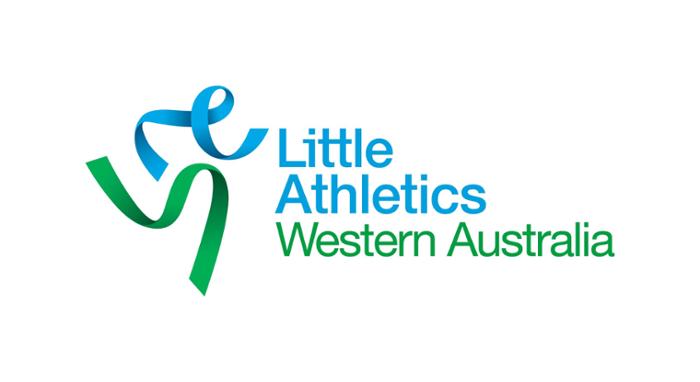
Athletics West’s communication to its stakeholders notes that it had been exploring alternative affiliation models with LAA for some time and that during these discussions, without notice or consultation, LAA applied to register the trademarks for “Little Athletics WA” and “Little Athletics Western Australia.” This has clearly been viewed as an antagonistic move by the national body and a key factor in the relationship breakdown between the two organisations.
Little Athletics Australia (LAA) is the owner of the trademark for “Little Athletics” and related properties, including the slogans “Family Fun and Fitness” and “Be Your Best.” State bodies are provided a license to use this intellectual property through their affiliation with LAA.
In March 2023 LAA’s lawyers filed a trademark application for the LAA logo as well as variants with the names for each state and territory association.
In October 2023 Athletics West lodged opposition to that registration, arguing that the use of the trademark is contrary to law and is similar to a trademark which has acquired a reputation in Australia. Central to Athletics West’s claims are that Little Athletics West Australia had developed its name and reputation for over 50 years of continuous use and development by previous boards and WA Little Athletics Centres. Little Athletics Australia claims the registration was ‘to expand protection of these core assets [a 2010 logo design] that belong to the Little Athletics community and to complete the administrative tasks and due diligence that was agreed by all states and territories to fulfil good governance of the sport.‘
Neither Little Athletics Australia, Athletics West (nor any state Little Athletics body) have lodged any trademark claim on the logos or names of the approximately 500 Little Athletics Centres around Australia.
FROM LITTLE ATHLETICS AUSTRALIA FAQ DOCUMENT:
Can LAA stop a WA Centre from running its kids athletics program?
No – and we don’t want to. AW is specifically asking Centres to vote to de-affiliate from LAA. If the Centres vote for de-affiliation, they understand they will run non-branded Athletics kids programs under the AW system. The vote is being called by AW, not by LAA. LAA is not trying to stop kids’ athletics in WA and in the event of a successful de-affiliation vote, we will offer support to the parents and kids who want to continue with Little Athletics.

What does this mean nationally?
This is a matter that potentially has far reaching ramifications outside of Western Australia. Without at all doubting the sincerity of the important considerations for athletics in WA, the flow-on effects could fundamentally change the governance landscape nationally.
Previous multiple attempts of a merger to create a single national peak body for athletics have followed the model of trying to convince all state organisations of both of AA and LAA that change is better than the status quo. There has usually been resistance, unexplained in any specific detail by LAA or LAA states that have opposed change, but it can be safely assumed that out of comfort with the status quo they haven’t seen a reason for change. Maxims like ‘if it’s not broken, don’t fix it’ are occasionally thrown around by some stakeholders on social media, despite LAA’s own articulation just a few years ago of fundamental problems such as an 85% churn rate in the peak Little Athletics age group of U9.
More recently, LAA seems less concerned with these fundamental issues with its product as well as its place as a junior development product for athletics, describing instead athletes who participate in the sport outside of Little Athletics as ‘serious’ and ‘on an elite pathway.’
In contrast, some state Little Athletics associations are seeking to address issues with the Little Athletics product, workshopping solutions to perennial problems such as Centre disorganisation, lack of technique or guidance and wait time between events being too long.

The effect of the recent work of progressive state Little Athletics associations such as Athletics West is a fundamental shift in the environment: those states that are either apprehensive about, or downright resistant to, change may be left with no other viable alternative but to explore a single national body if Little Athletics Australia’s role diminishes.
The business model of Little Athletics Australia, and therefore its viability and sustainability, is directly under threat through the disaffiliation of its state associations.
LAA’s current business model is underpinned by management of intellectual property. As an activity that is entirely reliant on localised delivery by volunteers in local communities, and with the lightest of light touch on the program content or quality control, there is very little direct benefit that LAA presently provides to grassroots Little Athletics. That which it does provide can otherwise be sourced elsewhere either by a state organisation and/or under Athletics Australia’s umbrella. The exception to this, is the use of the name Little Athletics.
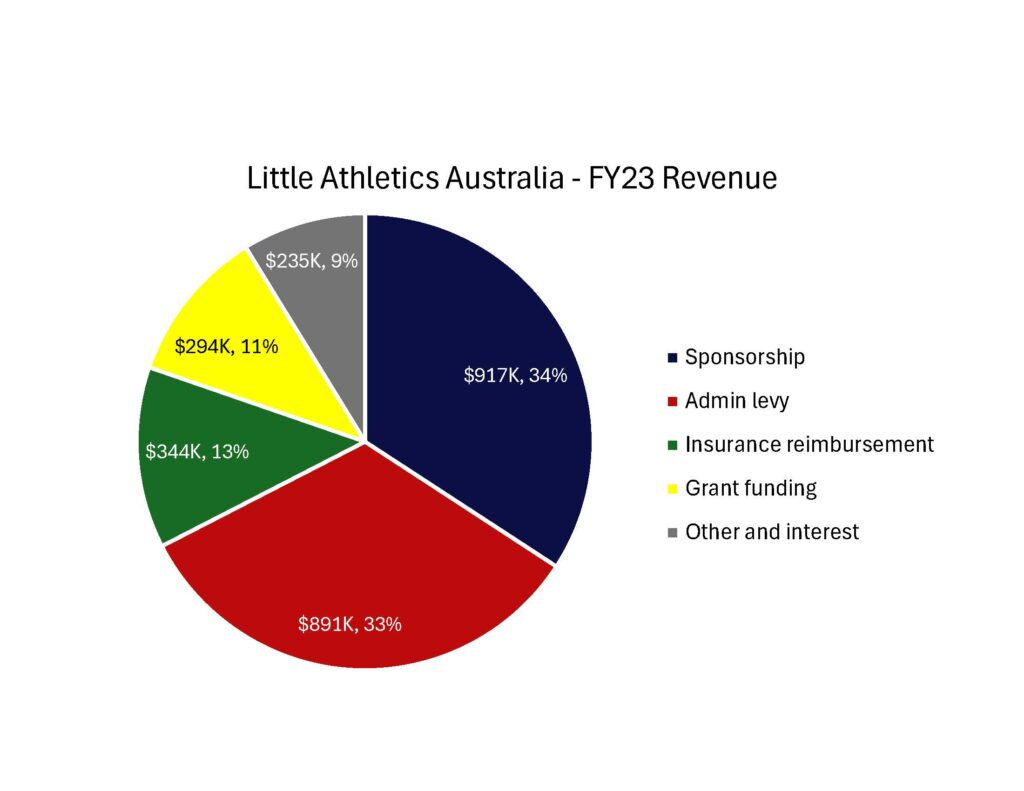
LAA sources 46% of its $2.7M revenue from administration and insurance levies paid by participants through their state associations and 34% through sponsorship. A permanent decrease in its participant base creates pressure on these two revenue streams that account for 80% of LAA’s income: both directly through loss of affiliation fees and by diminishing the value of LAA’s commercial properties.
Although WA makes up only 7% of Little Athletics participation nationally, and LAA currently has ample reserves of $1.7M, the event of a state association ‘breaking away’ and possibly maintaining use of some Little Athletics intellectual property is an existential threat to the national body, as it is currently constituted and operating. The alternative, of a break away with the loss of the use of Little Athletics’s name nationwide, is arguably just as damaging.
If a large east coast state were to ever follow WA’s suit, LAA’s current business model, which operated at a $163K loss last year, would effectively collapse. One would hope that things won’t come to that.
Of course, by not affiliating Athletics West would lose its governance role within LAA – it could no longer have a vote on anything to do with LAA including any potential future merger – but the effect of lighting a spark to create a burning platform for change is far more impactful than the 1 of 7 votes it could otherwise exercise.
With so much at stake, there’s the potential for a lot of the sport’s money to be wasted on legal action one way or another, as well as the consumption of time and focus. The alternative is for all stakeholders – within Little Athletics and the sport widely – to negotiate new solutions to the problems that have plagued the leadership and management of the sport for over half a century. But with escalating communications from Little Athletics Australia direct to WA centres, this appears unlikely, at least for the time being.
The battle lines have been drawn.
Athletics West’s clubs will vote on leaving Little Athletics Australia at a Special General Meeting on 7 August.
If you enjoyed reading this, here’s some other recent articles about the leadership of Australian athletics:
- March 2024: Athletics NSW and Little Athletics NSW announce partnership
- December 2023: The first merged state – Athletics West – Two years on from the One Athletics vote
- December 2023: State body perspectives – Little Athletics Queensland – Two years on from the One Athletics vote
- December 2023: National body perspectives – One Athletics – Two years on from the merger vote
- December 2021: Reflections on the One Athletics vote outcome
- December 2021: One Athletics. It just makes sense.



